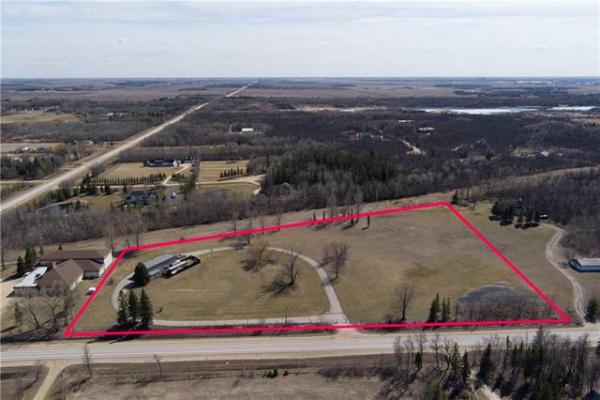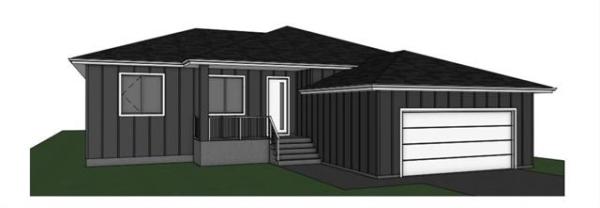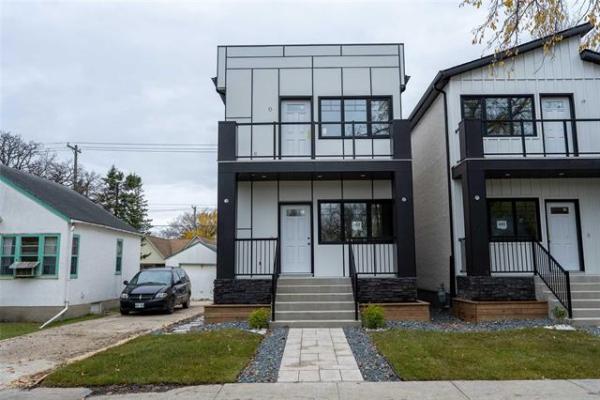Question: I live in Niagara on the Lake, Ontario and built a new house, which I moved into in May 2021. I have an HRV system and nobody seems to know much about how the system works with respect to humidity levels. I have read articles, searched the web, and found that your recent article is the only one that is helpful. You are absolutely right that there is so much confusion. So, thank you very much for the information. I always understood the HRV system to work as you wrote in the article, but have one additional question relating to proper operation.
Do I need to have my furnace run at the same time as my HRV system? Does the HRV function by itself, pushing the outside air through the furnace ducts, or does the furnace need to be on continuously? Will I have to get a new wall control, as I only have the basic model, and it doesn’t have control settings for humidity?
It will be very much appreciated if you can help.
Thanks, Tom Froese, Virgil, Ont.
Answer: A heat recovery ventilator (HRV) may be able to adequately control the humidity in your home on it own, depending on the size and other factors, but will work best if the furnace fan runs at the same time. Cross connecting the HRV and the blower to run together will improve the airflow through the entire home, boost the efficiency, and reduce the running time of your ventilation system.
I appreciate you taking the time to read my past columns online, no matter what the source, and sending me this very specific question. HRV’s may be the most commonly misunderstood component in new homes. I am delighted that I can help wade through the online ocean of information to provide some simple guidance for operation of this important mechanical system in your new home.
For various systems in our homes there are guidelines for proper installation and operation, from several sources. The numerous sections of the National Building Code describe many of these, often in precise detail, but also may leave various items up to the discretion of other entities. Heating, ventilation, and cooling (HVAC) technicians should follow the recommendation in the codes applicable to HRV design and installation, when putting one in every new home. The adoption of specific aspects may vary from jurisdiction to jurisdiction, based on the requirement of the building officials in that area, and the geographic and weather conditions. In many cases where specific installation or set-up techniques are not obvious, building officials may defer to the manufacturers’ specifications and recommendations.
As a home inspector, I may not be privy to these specific requirements in my area of business, but have other avenues for determining proper local installation practices. This may include investigating and reviewing online, or actual, installation manuals from various HRV manufacturers. It may also be sought through direct information from local HVAC contractors. But the most common source of knowledge is often gained by actual inspection of multiple systems currently in place, in homes being inspected. If 90-95 percent of inspected systems are seen with exact similarities, it can safely be assumed that is the norm. This not only applies to HVAC systems, but to others like plumbing and electrical. Because there are regular reviews and changes to the codes, which are often not always adopted by local building officials, it can be difficult to keep current on all requirements.
Due to the above statements, I am confident that it is best practice to have the furnace blower turn on to high speed when the HRV operates. This may not be required by all manufacturers, but should be done to help the smaller fan inside the ventilation system move the air through the various ducts. All HRVs should have a direct connection to the furnace ducting, as well as from the bathrooms and other areas of high moisture, to help circulate both the stale house air and the fresh outside air through the unit. The volume of air which can be moved by the small HRV fan is much lower than that of the more powerful furnace blower. So, to vastly increase the air movement the furnace blower should be cross connected to the HRV controls, to assist in this task. With both fans engaged at the same time, and the unit properly balanced, the ventilator should be able to function at its best. This should reduce the running time to achieve the desired relative humidity, saving wear and tear on the HRV components.
You may be correct that replacing your HRV control is an essential part of the discussed recommendations. If it does not have a dehumidistat function, to allow control based on your desired indoor humidity level, it is no good. Replacing it with a proper control should allow any experienced HVAC technician to properly link it to the furnace blower, completing the process. After that upgrade you should be able to set the HRV and furnace fan to turn on together, automatically, when the relative humidity in your home exceeds your desired setting.
Engaging the furnace blower at the same time the HRV is running may not be absolutely necessary, but will be a very good idea for optimal operation. Any system that increases the volume and velocity of air movement through the heating ducts will surely aid in improved ventilation and dehumidification of your new home.
Ari Marantz is the owner of Trained Eye Home Inspection Ltd. and a Registered Home Inspector (RHI)(cahpi.ca). Questions can be emailed to the address below. Ari can be reached at 204-291-5358 or check out his website at trainedeye.ca.
trainedeye@iname.com



